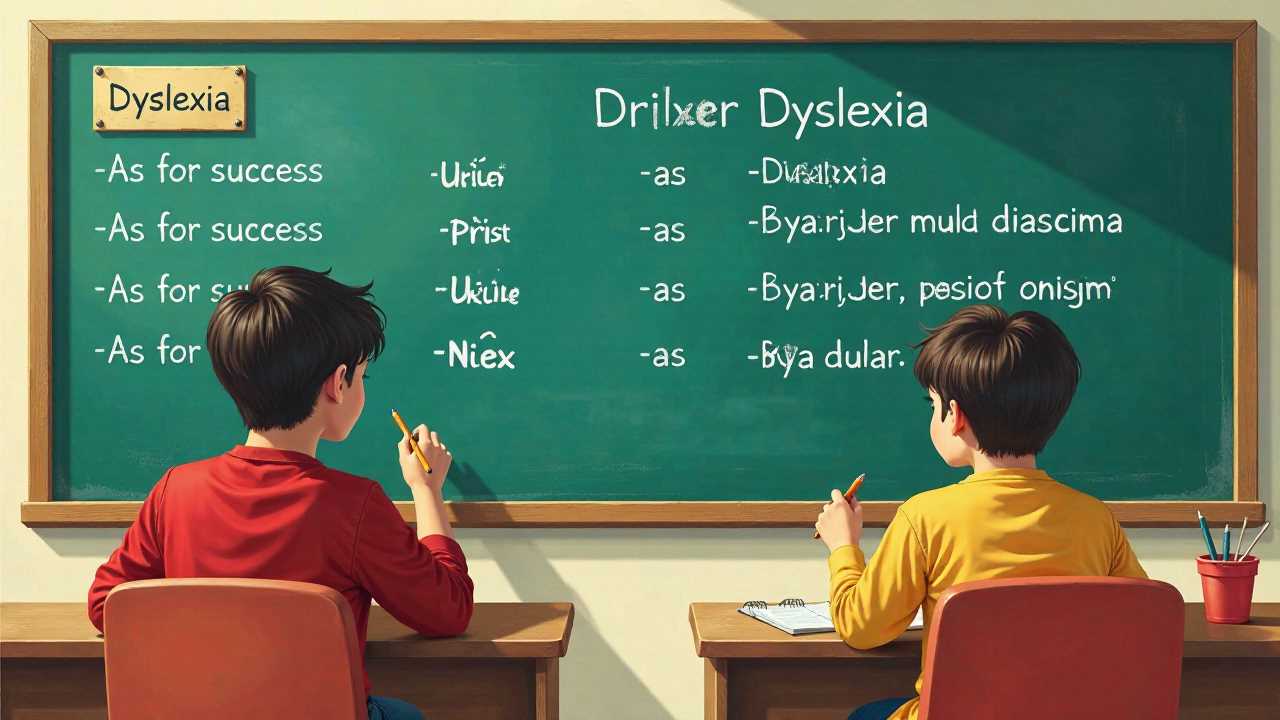
Understanding Dyslexia and Its Impact
Dyslexia is a learning disability that primarily affects reading and language processing. Individuals with dyslexia often struggle with phonemic awareness, which is the ability to recognize and manipulate the sounds in spoken words. This challenge can lead to difficulties in decoding words, spelling, and even writing. As educators and parents, we must recognize that dyslexia is not a reflection of intelligence; rather, it is a specific learning difference that requires targeted dyslexia interventions to support students effectively.
The Role of Individualized Education Plans (IEPs)
An Individualized Education Plan (IEP) is a crucial tool for students with dyslexia. It outlines personalized goals and the specific accommodations necessary for the student to succeed in the classroom. Each IEP is tailored to the individual needs of the student, ensuring that they receive the appropriate support. This may include specialized reading strategies, classroom accommodations, and the integration of assistive technology.
Creating an effective IEP involves collaboration among teachers, parents, and specialists. Regular assessments and updates to the IEP are essential to track progress and make necessary adjustments. By focusing on the unique strengths and challenges of each student, we can foster an environment where they can thrive academically.
Effective Reading Strategies for Dyslexic Learners
Implementing effective reading strategies is vital for students with dyslexia. These strategies should be multi-sensory, engaging various senses to reinforce learning. Techniques such as the Orton-Gillingham approach, which emphasizes phonics and structured literacy, have shown significant success in helping dyslexic students improve their reading skills.
Incorporating activities that promote phonemic awareness is also essential. This can include games that focus on sound recognition, rhyming, and syllable segmentation. Additionally, using visual aids, such as graphic organizers and color-coded texts, can help students better understand and retain information.
Classroom Accommodations for Success
Classroom accommodations play a pivotal role in supporting students with dyslexia. These accommodations can range from providing extra time on tests to allowing the use of audio books and text-to-speech software. By modifying the learning environment, we can help reduce barriers that may hinder a dyslexic student's ability to succeed.
Creating a supportive classroom atmosphere is equally important. Encouraging peer collaboration and fostering a culture of understanding can significantly impact a student's confidence and motivation. Teachers should also be trained to recognize the signs of dyslexia and implement strategies that cater to diverse learning needs.
Integrating Assistive Technology
The use of assistive technology can greatly enhance the learning experience for students with dyslexia. Tools such as speech recognition software, electronic graphic organizers, and specialized reading apps can provide additional support. These technologies not only aid in reading and writing but also promote independence and self-confidence among students.
Educators should stay informed about the latest advancements in assistive technology and consider integrating these tools into their teaching practices. Training students to use these technologies effectively can empower them to take charge of their learning journey.
Building Phonemic Awareness
Phonemic awareness is a foundational skill for reading success. Activities that focus on sound manipulation can help students develop this critical skill. Techniques such as phoneme segmentation, blending, and deletion exercises are effective in building a strong phonemic foundation.
Incorporating songs, rhymes, and interactive games can make learning phonemic awareness enjoyable and engaging. By fostering a love for language and sound, we can help students with dyslexia develop the skills they need to become proficient readers.
Creating a Supportive Learning Environment
A supportive learning environment is essential for students with dyslexia. This involves not only academic support but also emotional and social encouragement. Teachers should strive to create a classroom culture that values diversity and promotes resilience.
Open communication with parents and caregivers is vital. Keeping them informed about their child's progress and involving them in the educational process can strengthen the support system for the student. Regular meetings and updates can help parents understand the strategies being implemented and how they can reinforce learning at home.
A Collaborative Approach to Dyslexia Interventions
Transforming dyslexia interventions requires a collaborative approach that involves educators, parents, and specialists. By focusing on individualized education plans, effective reading strategies, classroom accommodations, phonemic awareness, and assistive technology, we can create a comprehensive support system for students with dyslexia.
As we continue to advocate for these students, it is essential to remain informed about the latest research and best practices in special education. Together, we can ensure that every student with dyslexia has the opportunity to succeed and thrive in their educational journey.
 Careers in EducationElementary EducationHigh School EducationEducational TechnologyTeaching StrategiesSpecial EducationPrivacy PolicyTerms And Conditions
Careers in EducationElementary EducationHigh School EducationEducational TechnologyTeaching StrategiesSpecial EducationPrivacy PolicyTerms And Conditions
